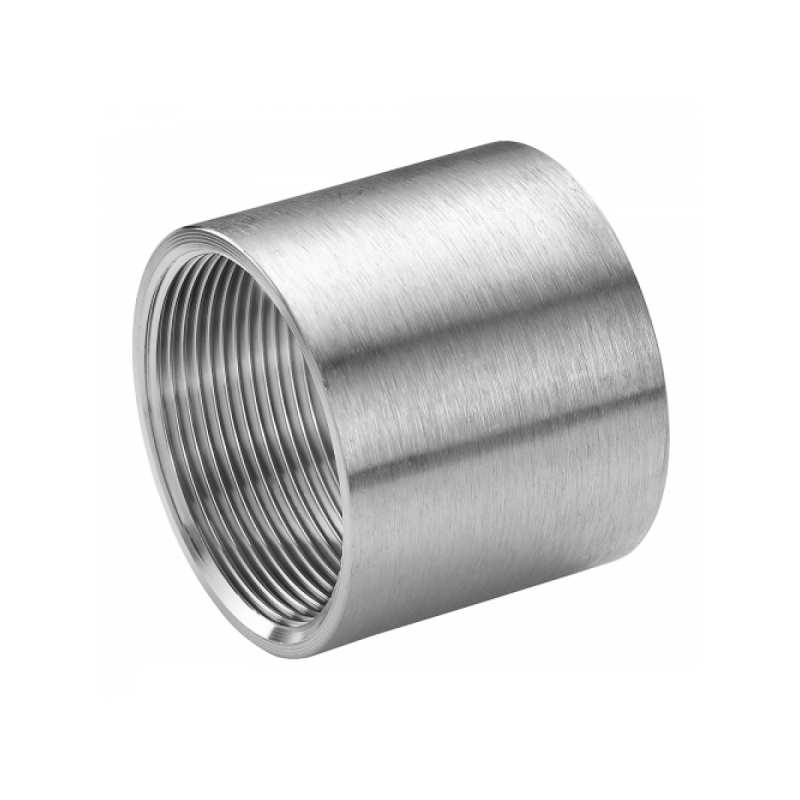-
Cangzhou Yulong Steel Co., Ltd.
-
Phone:
+86 13303177267 -
Email:
admin@ylsteelfittings.com
- English
- Arabic
- Italian
- Spanish
- Portuguese
- German
- kazakh
- Persian
- Greek
- French
- Russian
- Polish
- Thai
- Indonesian
- Vietnamese
- Zulu
- Korean
- Uzbek
- Hindi
- Serbian
- Malay
- Ukrainian
- Gujarati
- Haitian Creole
- hausa
- hawaiian
- Hebrew
- Miao
- Hungarian
- Icelandic
- igbo
- irish
- Japanese
- Javanese
- Kannada
- Khmer
- Rwandese
- Afrikaans
- Albanian
- Amharic
- Armenian
- Azerbaijani
- Basque
- Belarusian
- Bengali
- Bosnian
- Bulgarian
- Catalan
- Cebuano
- China
- China (Taiwan)
- Corsican
- Croatian
- Czech
- Danish
- Esperanto
- Estonian
- Finnish
- Frisian
- Galician
- Georgian
- Kurdish
- Kyrgyz
- Lao
- Latin
- Latvian
- Lithuanian
- Luxembourgish
- Macedonian
- Malgashi
- Malayalam
- Maltese
- Maori
- Marathi
- Mongolian
- Myanmar
- Nepali
- Norwegian
- Norwegian
- Occitan
- Pashto
- Dutch
- Punjabi
- Romanian
- Samoan
- Scottish Gaelic
- Sesotho
- Shona
- Sindhi
- Sinhala
- Slovak
- Slovenian
- Somali
- Sundanese
- Swahili
- Swedish
- Tagalog
- Tajik
- Tamil
- Tatar
- Telugu
- Turkish
- Turkmen
- Urdu
- Uighur
- Welsh
- Bantu
- Yiddish
- Yoruba

Nov . 27, 2024 11:46 Back to list
Techniques and Best Practices for Welding Underground Pipelines Efficiently and Safely
Underground Pipe Welding Techniques, Challenges, and Best Practices
Underground pipe welding is a critical aspect of civil engineering and infrastructure development. It ensures the integrity and durability of pipelines that transport water, gas, sewage, and other substances below the ground. The process poses unique challenges and requires specialized techniques to guarantee safe and efficient installations. This article explores the essential aspects of underground pipe welding, including the welding methods employed, the challenges faced, and best practices to achieve high-quality welds.
Welding Techniques
There are several welding methods applicable to underground piping, each suited for specific conditions and materials. The most common techniques include
1. Shielded Metal Arc Welding (SMAW) Also known as stick welding, SMAW is widely used for underground pipes due to its versatility and portability. It is effective for various metals, including carbon steel and stainless steel. However, this method requires skilled labor to handle the manual arc and achieve a consistent weld.
2. Gas Tungsten Arc Welding (GTAW) Often referred to as TIG (Tungsten Inert Gas) welding, GTAW is favored for its precision and ability to produce high-quality welds. It is particularly effective for thin-walled pipes and can be used on a variety of materials. However, it requires a cleaner environment and is generally slower than SMAW.
3. Gas Metal Arc Welding (GMAW) Also known as MIG welding, GMAW is an automated process that allows for faster welding speeds and can be utilized in various positions. This method is ideal for projects requiring high productivity but may need protection from environmental factors when used underground.
4. Submerged Arc Welding (SAW) This technique is characterized by a granular flux covering the weld pool, allowing for deep penetration and high deposition rates. SAW is commonly used for large diameter pipes and is beneficial for reducing contamination.
Challenges in Underground Pipe Welding
Welding underground pipes comes with several challenges that must be addressed to ensure success
- Access and Mobility The underground environment often limits access to the welding site. This constraint makes it difficult to maneuver equipment and can prolong the welding process.
underground pipe welding

- Soil Conditions The type of soil in which pipes are buried can affect the welding process. Rocky, uneven terrain can challenge stability and positioning, increasing the potential for mishaps.
- Moisture and Contamination Underground environments are often humid or wet, which can lead to contamination of the weld area. Maintaining a clean and dry work environment is crucial to achieving strong welds.
- Temperature Variations Fluctuations in temperature can affect the welding process and the materials used. Welders must account for these changes to prevent issues such as warping or cracking.
Best Practices for Quality Welds
To overcome the challenges associated with underground pipe welding, several best practices can be implemented
1. Pre-Welding Preparation Thorough inspection of materials, equipment, and the welding site is essential. Proper cleaning of the pipe surfaces ensures that contaminants do not compromise the quality of the weld.
2. Skilled Labor Employing experienced welders familiar with underground conditions is critical. Their expertise can significantly impact the weld's integrity and the overall project's success.
3. Use Appropriate Welding Techniques Choosing the right welding method based on the material, pipe diameter, and specific project requirements is vital. This selection ensures optimal performance and longevity of the weld.
4. Post-Weld Inspection Conducting non-destructive testing (NDT) methods, such as radiographic or ultrasonic testing, can help identify defects that may not be visible to the naked eye. Regular inspections throughout the construction process maintain quality and safety standards.
Conclusion
Underground pipe welding is an essential process that underpins modern infrastructure. By understanding the welding techniques available, addressing the unique challenges of the underground environment, and adhering to best practices, engineers and welders can ensure the successful installation of pipelines. The careful execution of these methods plays a fundamental role in maintaining the safety, efficiency, and longevity of the underground systems we rely on daily.
Latest news
-
ANSI 150P SS304 SO FLANGE
NewsFeb.14,2025
-
ASTM A333GR6 STEEL PIPE
NewsJan.20,2025
-
ANSI B16.5 WELDING NECK FLANGE
NewsJan.15,2026
-
ANSI B16.5 SLIP-ON FLANGE
NewsApr.19,2024
-
SABS 1123 FLANGE
NewsJan.15,2025
-
DIN86044 PLATE FLANGE
NewsApr.19,2024
-
DIN2527 BLIND FLANGE
NewsApr.12,2024
-
JIS B2311 Butt-Welding Fittings LR/SR 45°/90° /180°Seamless/Weld
NewsApr.23,2024











